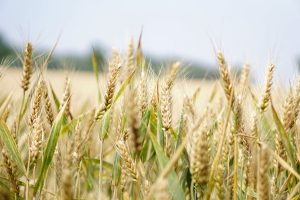
When it comes to grains, choosing the right spouting is vital to ensuring that everything works smoothly. You have to consider the shape, such as round or square, and truss kits, elbows, liners, and distributors.
How to Choose the Best Option
Here are a few things to ask your supplier:
● What material will the spout handle come into contact with? How abrasive is this material, and what are its flow characteristics? What is the density and moisture content?
● Is there a required flow rate for the spout?
● What would the exterior exposure of the spouting be?
● Is a liner necessary?
● What is the capacity of the actual spout area?
● How long is the spout going to be?
● What is the service life or life span of the spouting?
● Do you need a dead box or an elbow at the end of the spout?
If the material you are handling is low volume and only mildly abrasive, you can get away with a 10-gauge steel tube material. The exterior of this tubing should be either painted or galvanized. If more volume will be handled, or if the material is more abrasive, consider using a liner or a thicker gauge tubing. You can also use thick wall steel pipe rather than tubing.
If your spouting is longer than 40 feet, it’s a good idea to use external trussing to support its weight and prevent the spouting from wavering in strong winds. Then, at the end of your long spout, ensure there is an elbow or a dead box for slowing the material moving through and direct it to the appropriate bins.
There are still more things to consider as you choose the right spouting for your needs. If you have any questions, do not hesitate to get in touch with KC Supply Co.


